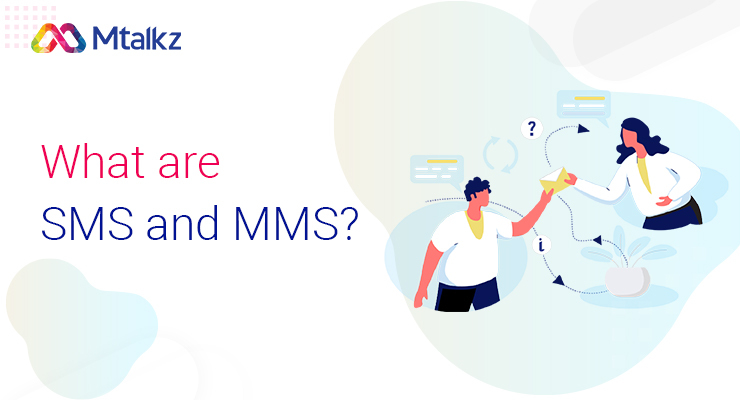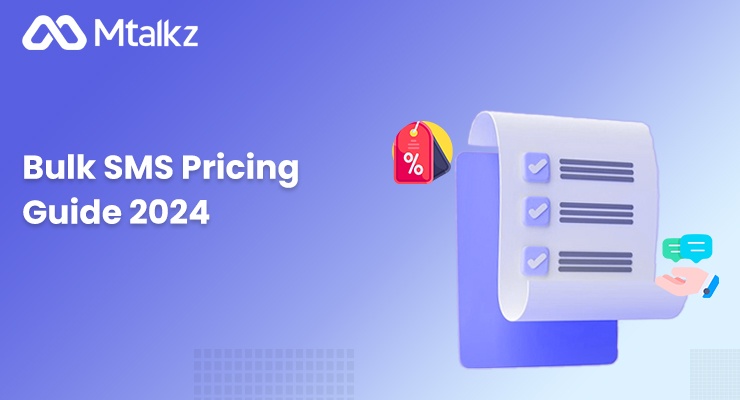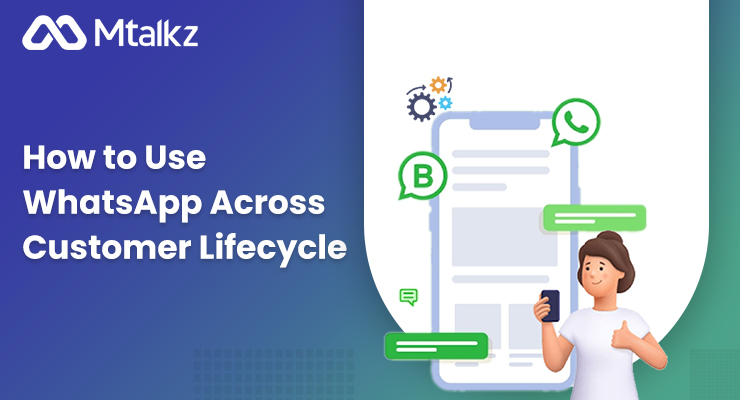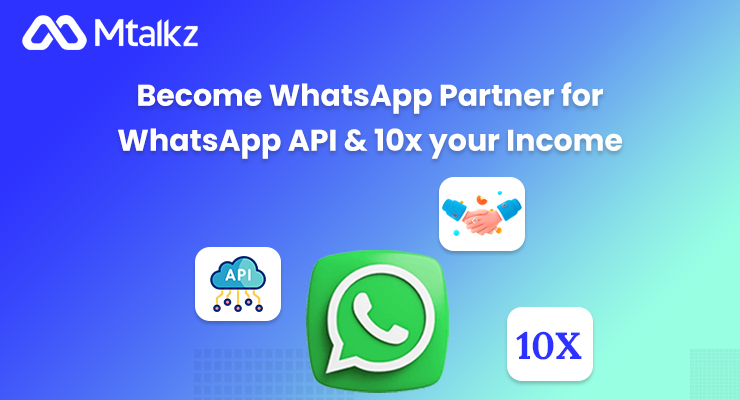It’s not surprising that texting is becoming a highly popular marketing technique and it is used as a fantastic tool for businesses to rapidly engage with their contacts. According to researchers, the use of mobile devices and business text messaging is a force that will be dominant for years to come. In fact, MMS messaging, the next generation of text messaging, is already accessible in the business market. Customers prefer their interactions with businesses via text message.
What is SMS Messaging?
The most established, widely used, and supported texting technology in use today is called SMS, or “Short Message Service,” and it is supported by all mobile networks and devices. Each of these messages can have 160 alphanumeric characters.
What is MMS Messaging?
Multimedia Message Service, or MMS for short, is most frequently used to communicate multimedia files, including movies, images, GIFs, and audio files. From 57 billion to 96 billion messages were sent annually. MMS does not have a set length, unlike SMS services.
This blog explains in detail the working of bulk SMS and MMS among enterprises, giving a clear picture of their differences.
SMS Messaging Vs MMS Messaging
The only thing you need to send SMS and MMS via a cellular network is a wireless plan from a cellular carrier. But they differ from one another in a number of ways.
Media
In the growing digital era, customers prefer understanding a concept or knowing about a piece of information in a way which allures them. Media like images, GIFs and videos always intrigue customers about your service and thus, the chances of them being retained by the business becomes higher.
Character Limit
When it comes to the length of the bulk SMS, the character limit of an SMS is 160 characters, whereas the limit for the MMS is not predetermined and hence can be lengthy. The maximum size that most carriers can handle is sometimes cited as 300 KB, while their size depends on the device and the carrier receiving the message.
Pricing
MMS allows businesses to communicate with the help of the media. SMS lacks this facility, and thus it is less expensive. MMS is the new messaging method coming into a trend, whereas SMS services are the conventional way and are cost-efficient too.
When to Use SMS Messaging?
While sending SMS OTP and transactional messages – Businesses will probably do better with an SMS if they urgently need to deliver a phrase or two of information. Any cell phone can get an SMS, which has a 98 percent open rate. System warnings and delivery tracking are also excellent candidates for SMS messaging, as are things like appointment confirmations, reminders, and modifications. In general, an SMS is your best option if you’re working with an existing consumer and you just need to provide them with a quick piece of information.
When to Use MMS Messaging?
While sending promotional messages – Businesses will have more chances to amaze using MMS because companies are permitted to include rich media and other aspects in the business messages. It communicates much more effectively than SMS, whether through dazzling graphics, a recognisable logo, or even intricate artwork. Not only can you include links and other rich material, like films and GIFs, but you can also alter the message’s appearance by adding certain colours and accents—something you couldn’t do with the rudimentary SMS services.
Choose the Best for Your Business
To make it simple for you to include communications features like SMS, voice, and video in your applications and mobile marketing solutions, Mtalkz, a cloud-based communication platform provider offers a full set of developer-friendly APIs. With industry-leading message deliverability, Mtalkz enables messaging across various carrier networks to help you increase your conversion.









